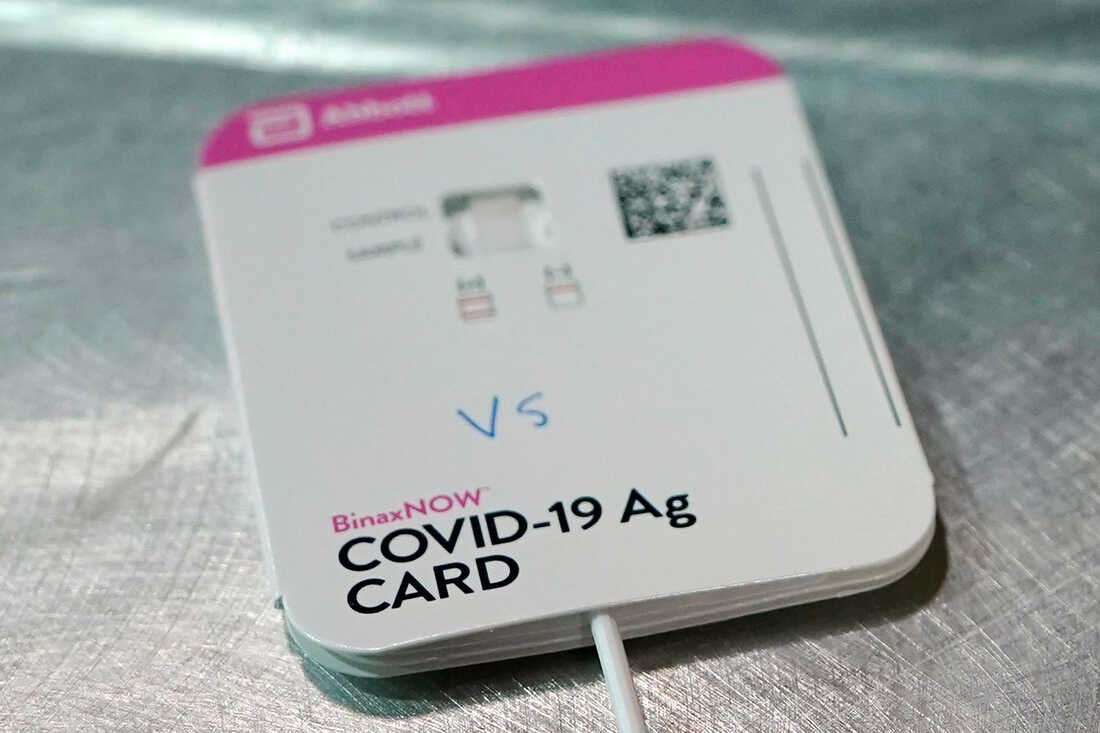COVID vaccination efforts continue to gain momentum both in the US and worldwide, but that doesn’t mean we’re out of the pandemic. Regular testing remains essential in helping slow the spread of the disease but has typically required a trip to your doctor or local clinic. Luckily, that’s no longer the case. In recent months, the FDA can be and return results in minutes rather than days.
If you’ve taken an in-person COVID test in the last year, your nasal swab sample was likely diagnosed using a (real-time RT–PCR), among the most accurate and widely used lab-based methods for detecting viral pathogens such as Zika, Ebola, and coronavirus.
The coronavirus only contains single-strand RNA for genetic material, which, unlike DNA, cannot be independently reproduced without the assistance of a host. As such, the virus must infect and repurpose healthy cells to make more of itself. RT–PCR mimics this process by first converting any coronavirus RNA present in a given sample into DNA — hence “— then creating billions of copies of the genetic material and marking them with a fluorescent dye for identification.
The process is an offshoot of the more general PCR method, which is used to detect pathogens whose genetic material comes in DNA form and therefore doesn’t need amplification. This process is sensitive and highly accurate, albeit time-consuming, but does enable pathologists to detect a coronavirus infection in its early stages since only a minute amount of initial RNA is required. While the RT–PCR technique poses a low chance of outside contamination, its capability is limited because it can only spot the coronavirus when it’s present in a sample. This method cannot tell if someone has been previously infected.
Some at-home tests rely on a similar process called isothermal amplification. Like PCR, isothermal amplification generates numerous copies of the coronavirus’ genetic material to aid in detection. Though IA is not as sensitive as the lab-based PCR method, it’s more accurate than other at-home tests, which look for antigens — bits of coronavirus proteins that provoke the body’s immune response.
For example, an antigen-based BinaxNOW test correctly detects the virus in symptomatic people. That figure drops to just 35 percent in asymptomatics. Because antigen tests don’t include a reverse transcription phase, they are faster and less expensive to perform than PCR- and IA-based methods but are less accurate and return higher rates of false negatives — especially among people who have only recently been exposed.

